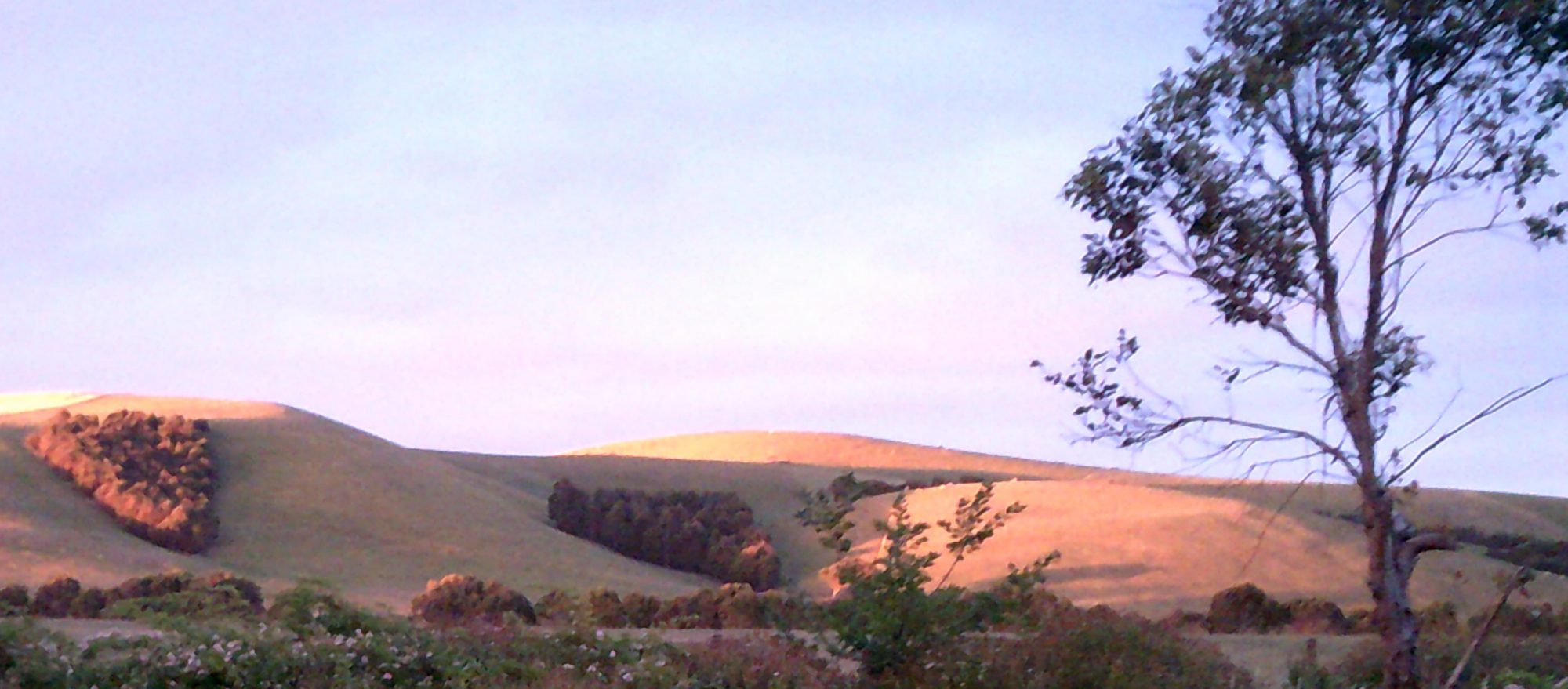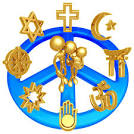Muhammad Jubair’s story.
Yasin
A story of hope.
A story of survival by Amin Mustafa, a Rohigya refugee living in the Bangladesh refugee camp.
On May 21, 2022, at around 6:30 in the morning, a tragedy unfolded off the coast of Myanmar’s Ayeyarwady Region—one that was barely heard by the world, yet deeply etched into the lives of those who lived through it. I am Amin Mustafa, a Rohingya survivor, and I carry the weight of that day not just in memory, but in responsibility—to speak the truth for the 49 souls we lost, including children. We were 90 people aboard a boat that set out with hope. Hope to escape persecution, poverty, and the suffocating limits placed on our lives as Rohingya. Among us were men, women, and children. Some were seeking freedom. Others just a future. The journey was dangerous from the start, but desperation pushed us forward. We had left Sittwe and made our way along the coast. But as we neared the Ayeyarwady delta, harsh weather overtook us. The boat capsized at 6:30 a.m. Chaos. Screams. Darkness in daylight. Some clung to the wreckage. Others were swept away by the river’s force. We—31 of us—survived by swimming for 15 hours. I fought the water, exhaustion, and fear for my life until I finally reached safety. Many others weren’t so lucky. The ocean claimed the lives of 49 people, including many children. Their dreams, their futures, their families—all lost to the waves. And yet, the suffering didn’t stop there. When we were rescued, instead of being helped or treated with dignity, the Myanmar authorities arrested us. We, the survivors of a deadly boat disaster, were sentenced to two years in Pathein Prison—punished simply for being Rohingya, for trying to survive. And the world was silent. No headlines spoke of our 15-hour battle in the river. No reports honoured the children who died. No human rights voice condemned the prison time we endured. The truth was buried with those we lost. We were not just numbers. We were families. We were students, mothers, fathers, dreamers—human beings. This wasn’t just an accident. It was the result of decades of oppression. A system that sees Rohingya lives as unworthy. A system that drives us into the sea and then locks us in prison when we survive. To the families of those who died that morning: I will never forget. I speak for them now. To the world: hear our story. Believe our pain. Share our truth.
_______________________________________________________________
A suicide note of a little fifth-grade girl (at IDP camp in Myanmar)
“Dear Mommy, please be happy when I’m gone. I apologizes for causing you trouble by being here. Because I wanted to go to school, and you got to buy those things. There’s no money left, so you could’t buy anythings for me.
Dear Big Brother, my very beloved brother, thank you so much for everything you’ve done for me, your little sister. Please let me go the right way, brother. Let me say goodbye to Mom and Dad. I can’t stay in this life anymore.
Dear Friends, please tell my teachers I’m grateful for teaching me. If I were still there, I wouldn’t forget to thank them.
Dear Htwar Re, whom I treated like a brother, please forgive the wrong things I said. I can’t say it now, I have to write it. Brother, no one will let your little sister go to school anymore. Your little sister is very tired now.
Mom, your daughter is leaving now. I pray that Dad won’t be harsh like before. Love family.”
https://www.facebook.com/share/p/1BwvDR2gJK/?mibextid=wwXIfr
Flooding in the Bangladesh Refugee Camp
 Every year refugees are faced with extreme flooding in the camps. This year has been exceptionally bad with many shelters destroyed and people left destitute. Added to this, UNHCR has cut funding so food is in short supply and local teachers who were employed to teach in the camps schools have been dismissed.
Every year refugees are faced with extreme flooding in the camps. This year has been exceptionally bad with many shelters destroyed and people left destitute. Added to this, UNHCR has cut funding so food is in short supply and local teachers who were employed to teach in the camps schools have been dismissed.
Rohingya refugees long for their homeland.
The international community must intervene in this brutality against the Rohingya people.
A leaked video has surfaced, exposing the horrifying actions of the Rakhine rebel group, the Arakan Army (AA), engaging in acts that blatantly violate international laws, national laws, and basic human rights. The footage serves as a chilling example of the atrocities committed by the Arakan Army against the Rohingya people, including their active participation in mass killings in Maungdaw and Buthidaung.
The video highlights the brutal reality of life for many Rohingya under the control of the Rakhine rebels. Victims face abduction, forced labor, physical abuse, and psychological torment, as the group continues to target and oppress innocent civilians. Entire communities have been displaced, their homes burned, and families torn apart due to the relentless violence orchestrated by the Arakan Army.
These inhumane actions underscore the ongoing plight of the Rohingya people, who have endured decades of systemic discrimination, violence, and neglect. The international community must urgently intervene to hold the perpetrators accountable, ensure justice for the victims, and protect those who continue to suffer under the control of the Arakan Army.
Re-posted from Facebook.
December 2024. Maung daw township Myanmar. The face of genocide.




















These images are here to help the Rohingya people, who are currently resident in the Bangladesh refugee camps, to identify possible relatives. As for the general public. Take a look at the ugly face of genocide, which is still happening because no western country will make a stand against the monsters who are carrying out these heinous crimes. I have tried to avoid showing the severed limbs and other serious injuries simply because all people deserve some level of dignity.






